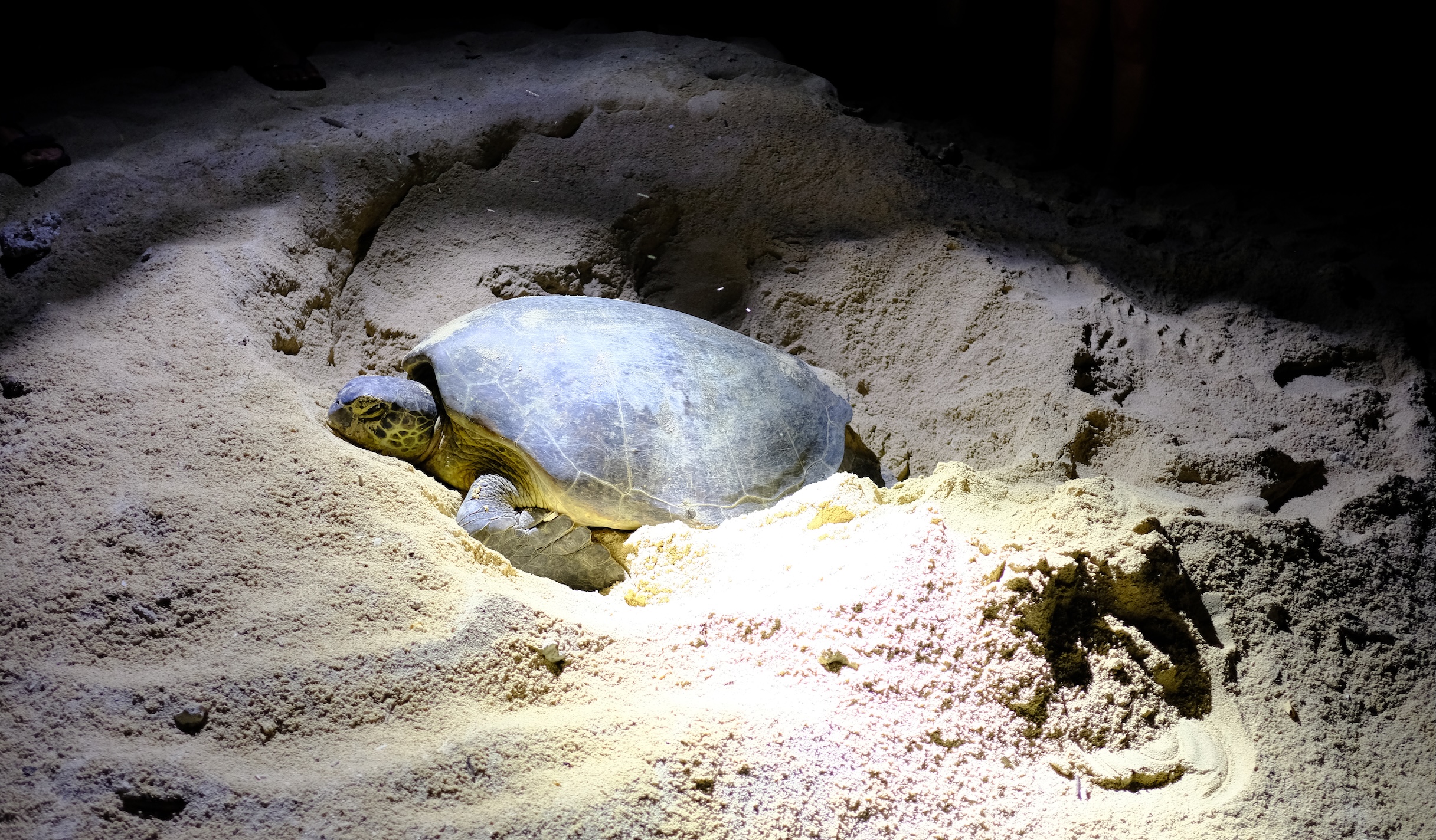
AN ISLAND FIT FOR TURTLES
An island fit for turtles
After about forty-five minutes of sailing from Sandakan Port, we finally arrived on Selingan Island. Once off the boat, we were greeted with a refreshing welcome cocktail.
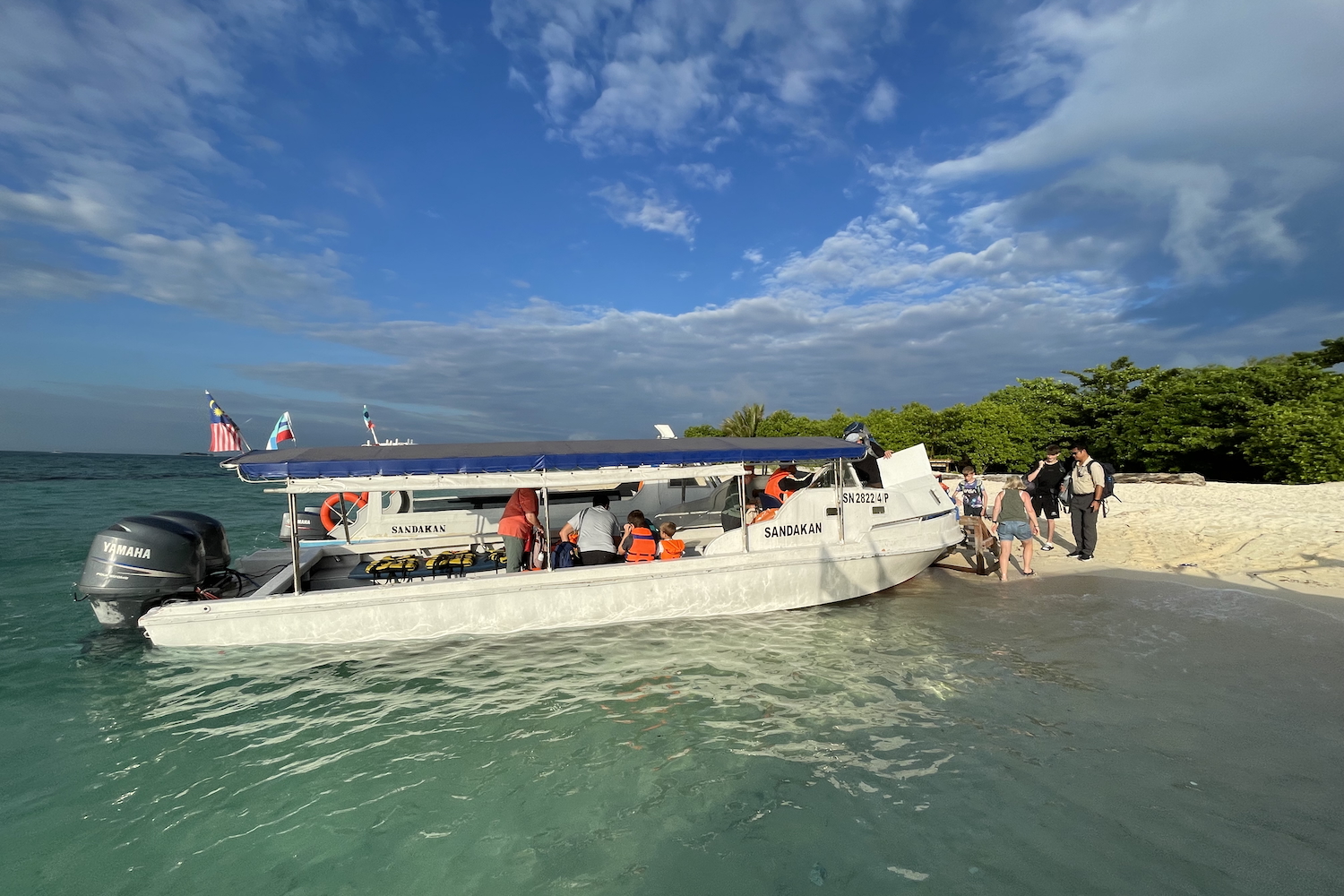
Afterwards, the guides involved us in a fascinating journey to discover the life cycle of sea turtles, and how the females, after a long journey at sea, return to their native beaches to lay their eggs. With great competence and professionalism, the guides illustrated the different phases of nesting, from choosing the ideal place to laying the eggs and their hatching after sunset.
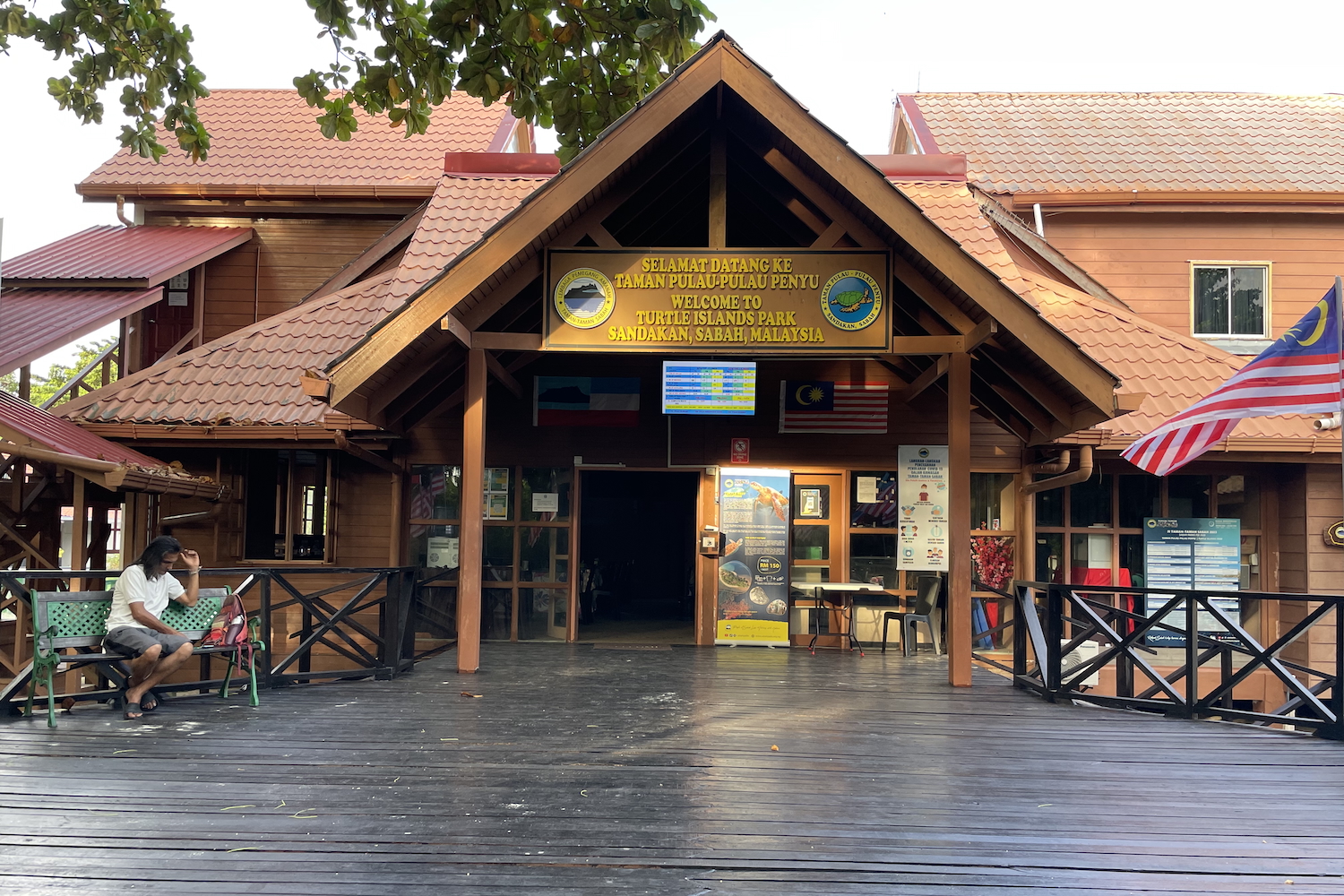
We learned that Selingan is part of an important conservation project, aimed at protecting these marine creatures increasingly threatened by the loss of their habitat. The island offers a safe haven, where turtles can breed without the risk of being disturbed.
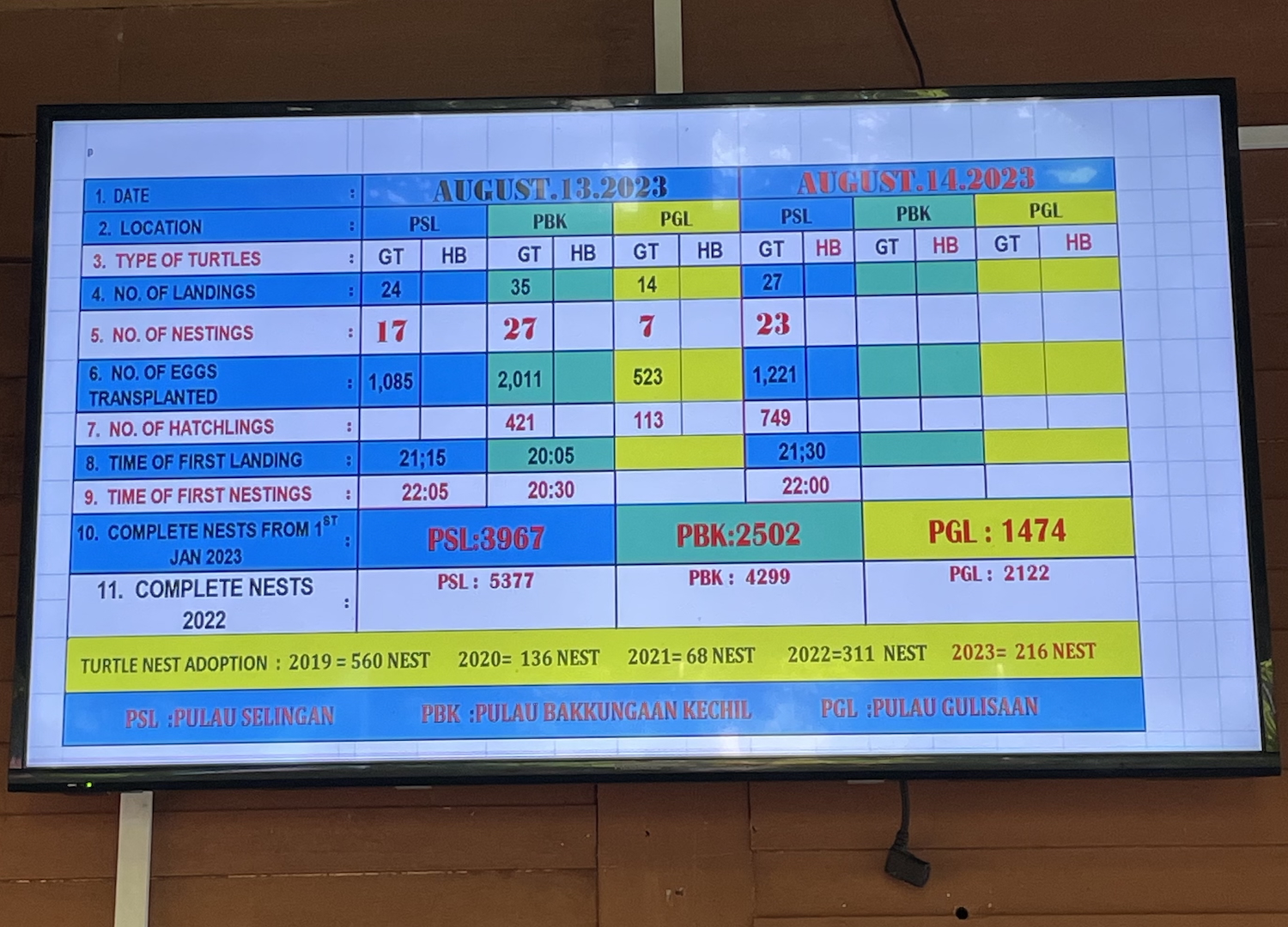
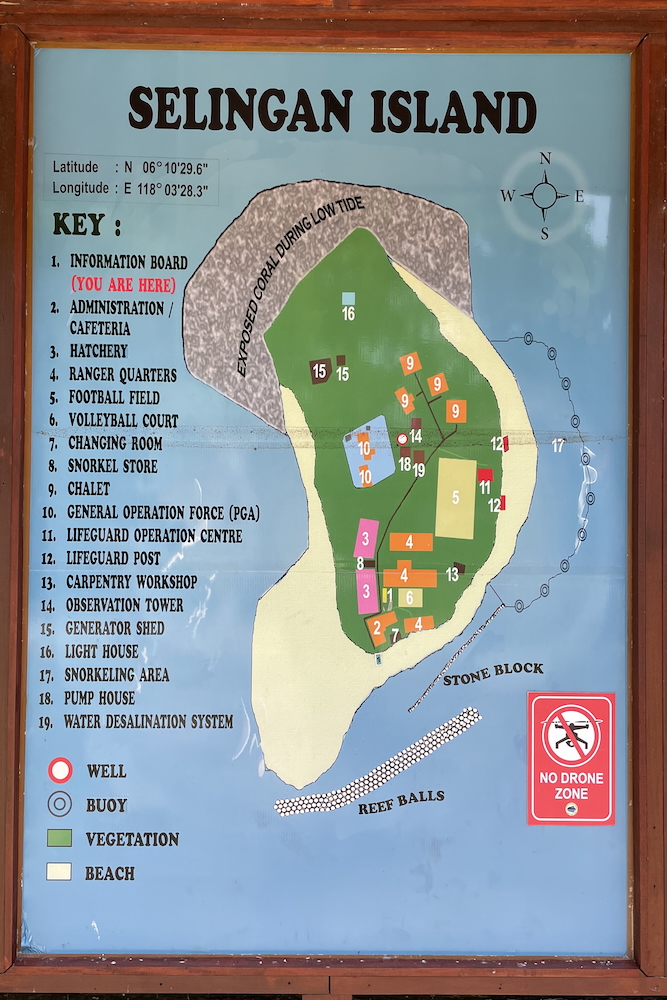
Once the presentation was over, we headed to our accommodation, simple but equipped with everything needed for a pleasant stay. After lunch we decided to explore the visitable portion of the small island. The beach, with its white sand and crystal-clear waters, was perfect for a little relaxation.
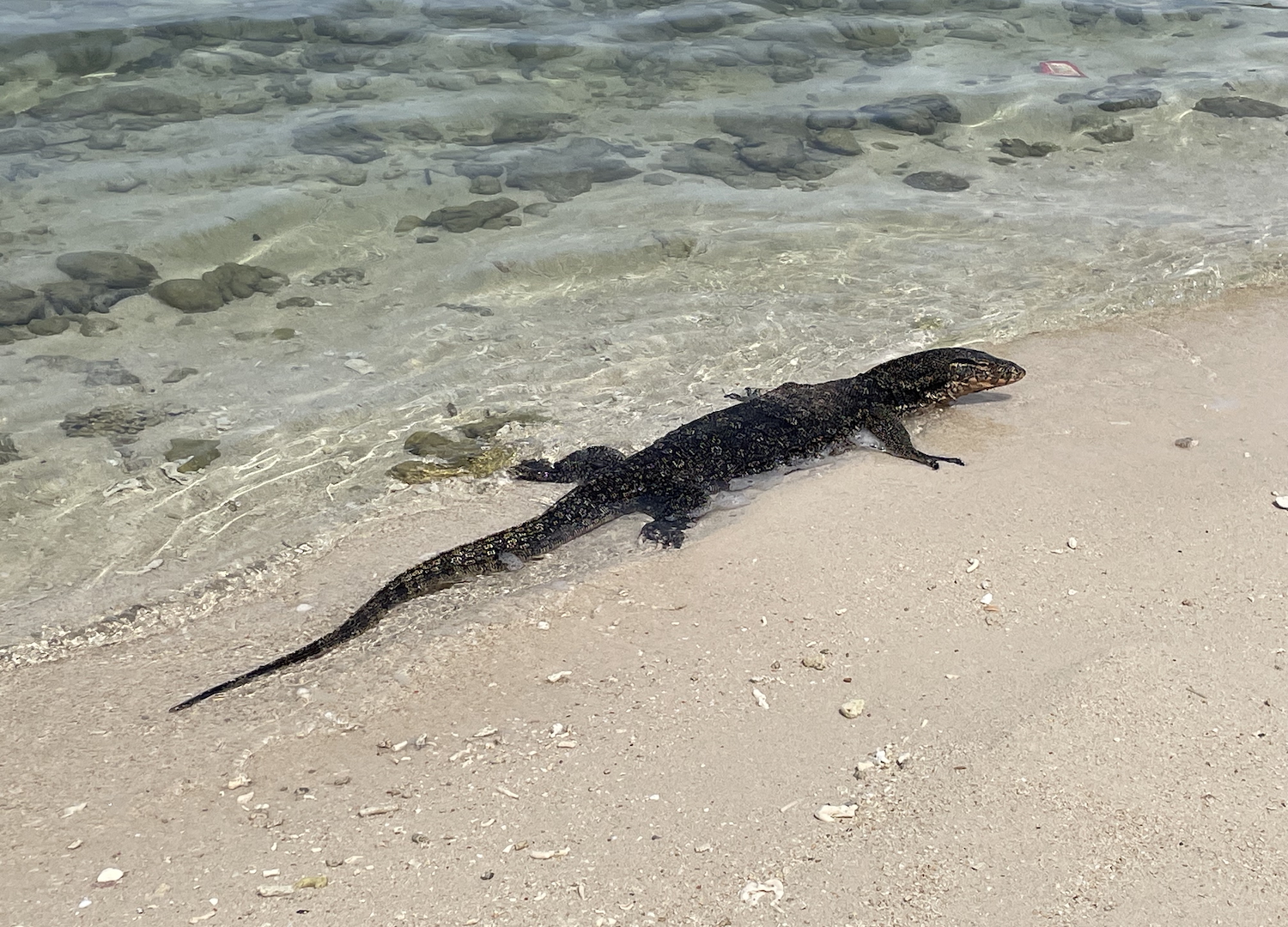
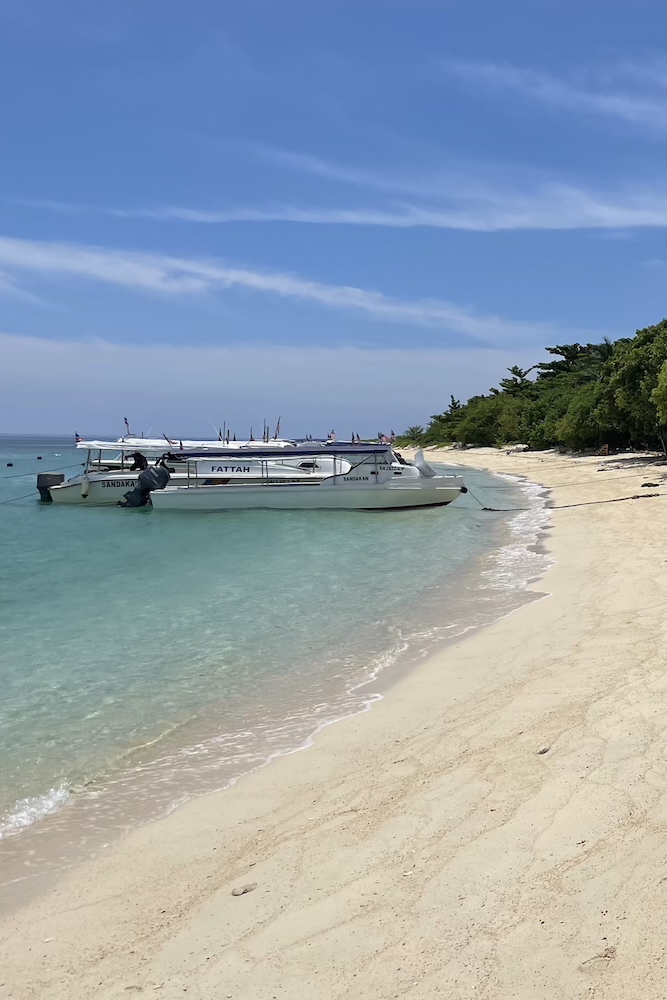
We spent some time soaking up the first Borneo sun and snorkeling, during which we encountered a giant monitor lizard calmly walking on the beach. To end the afternoon on a high note, we tried our hand at opening a coconut, and at that moment we felt like shipwrecked people on a desert island (the coconut meat and its water were delicious!).
In the evening the emotion grew. After dinner we gathered near the visitor center, waiting to witness a magical moment: the arrival of a turtle laying its eggs. Time passed slowly, and we began to lose hope.
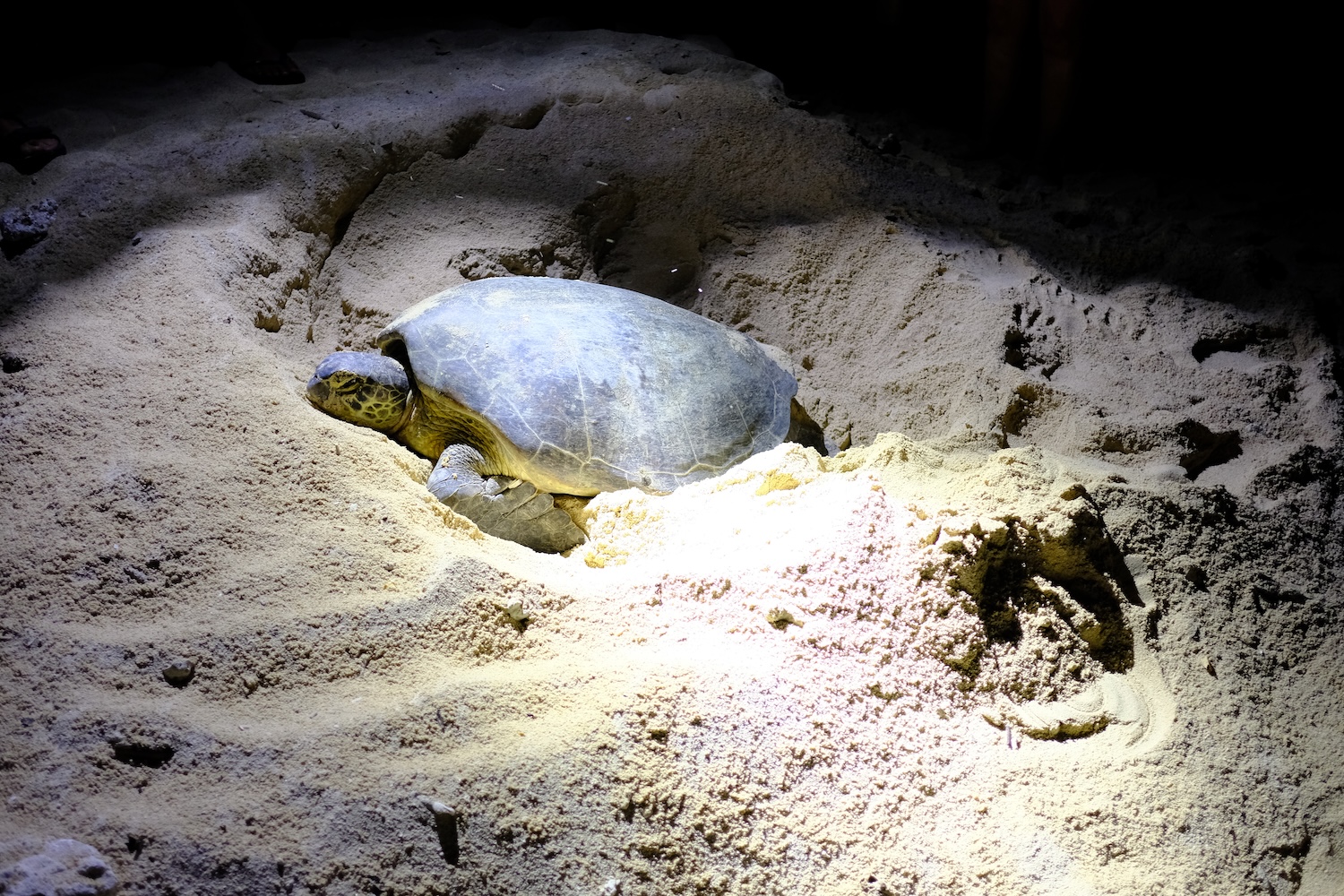
But just when we were about to give up, our ranger receives the OK to go to the beach, to the place where the turtle arrived. Once this more delicate phase is over, in which it can turn around at the slightest noise or threat, the turtle begins to dig the hole in which it will lay its dozens of eggs.
We arrived right at this magical moment, and at the sight of this gentle giant we were very excited.
After being laid in the sand, the eggs are collected by rangers who take them to a fenced area to keep them at a constant temperature until they hatch. In addition to recovering the eggs, the rangers carry out a general check on the turtle (such as measuring the carapace and removing organisms encrusted on it)
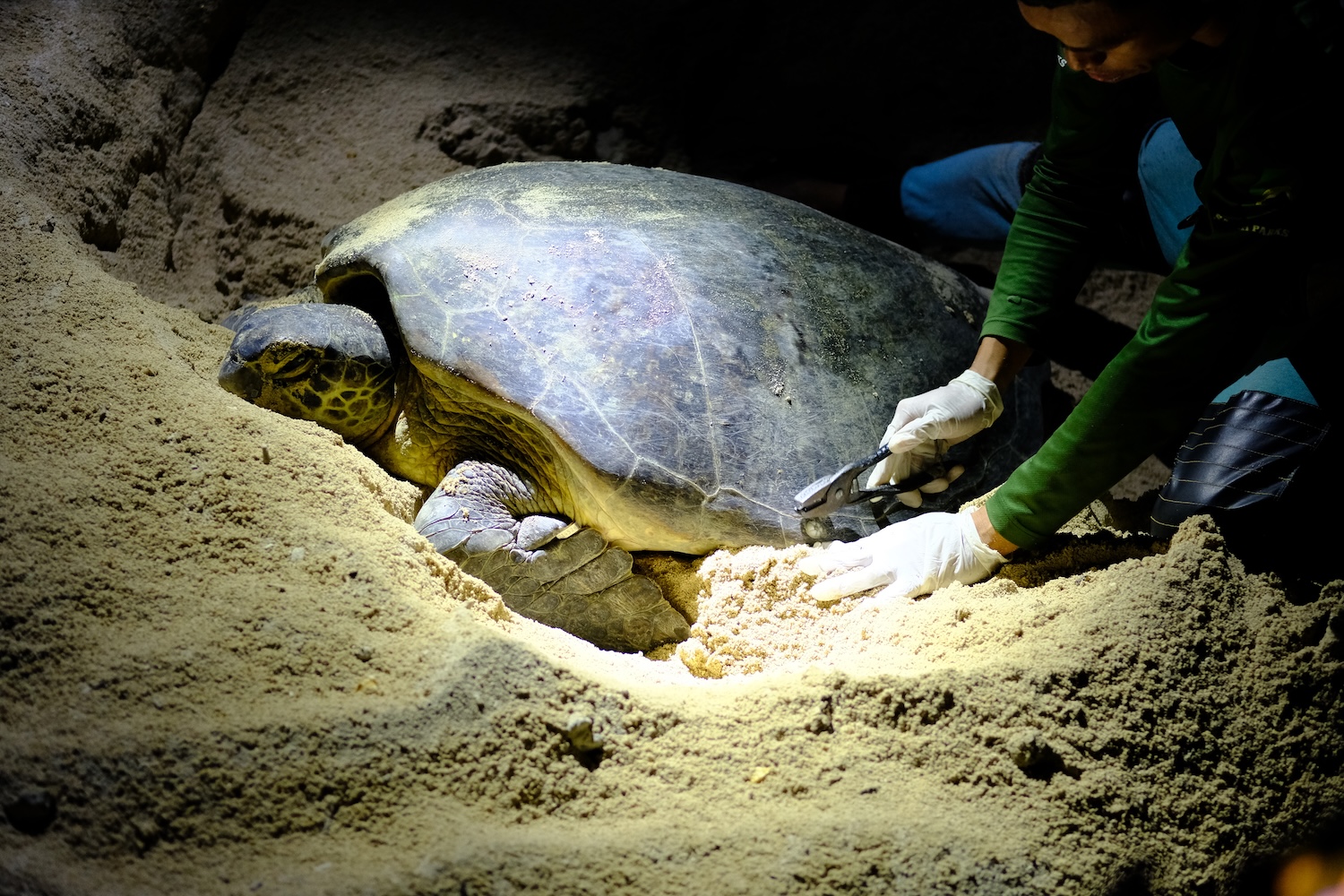
We then moved to the nest area: in this limited environment the eggs have a greater chance of hatching and the chicks surviving, because they remain safe from possible natural predators such as monitor lizards and birds.
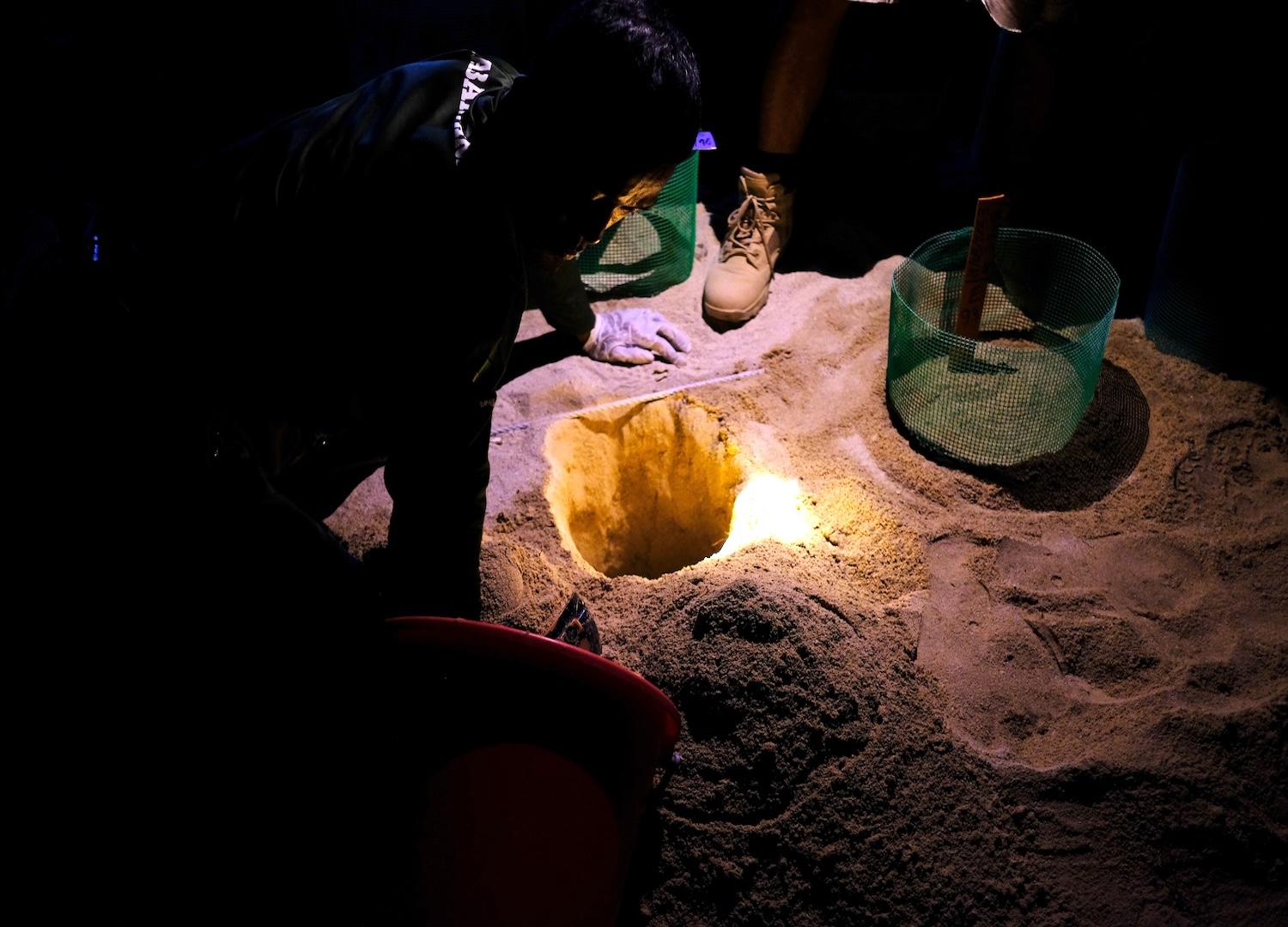
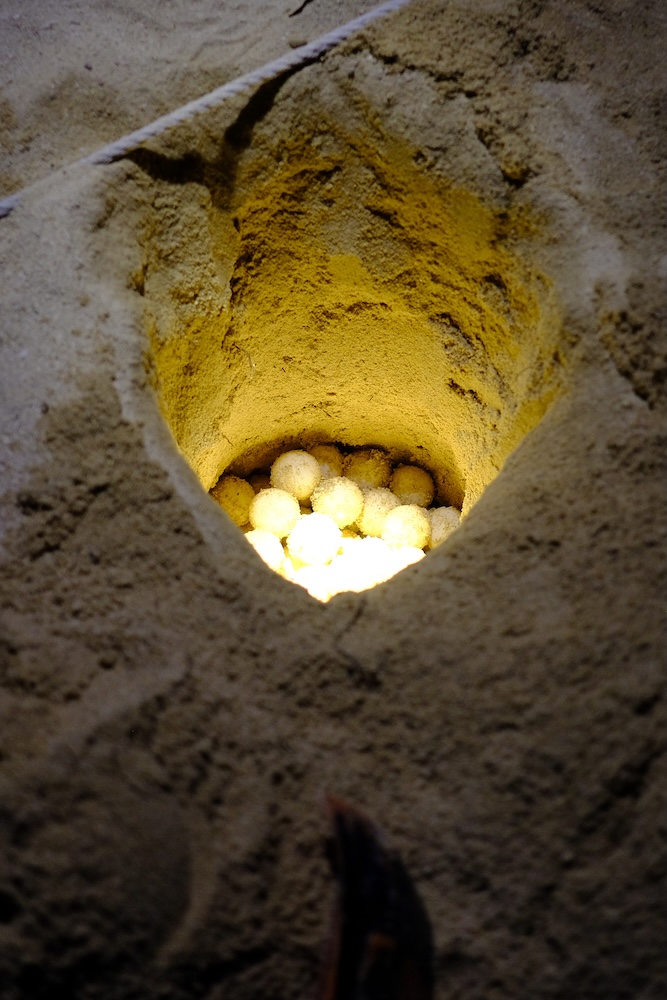
The eggs are buried in the sand and remain at a controlled temperature; a higher temperature favors females, while a colder one favors males. The number of eggs, the type of turtle and the day of laying are noted on a flag.
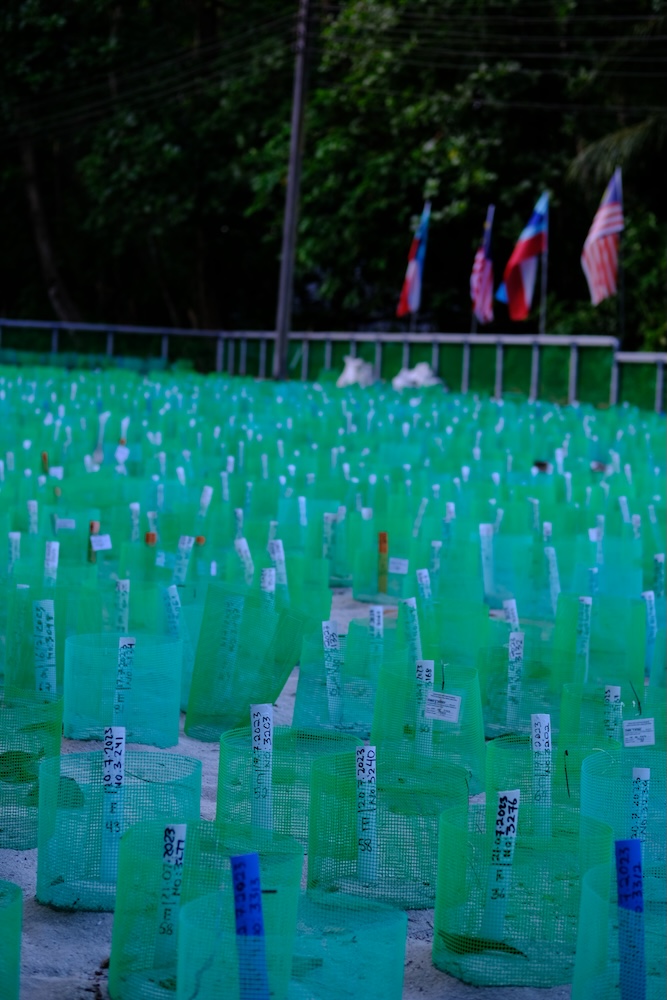
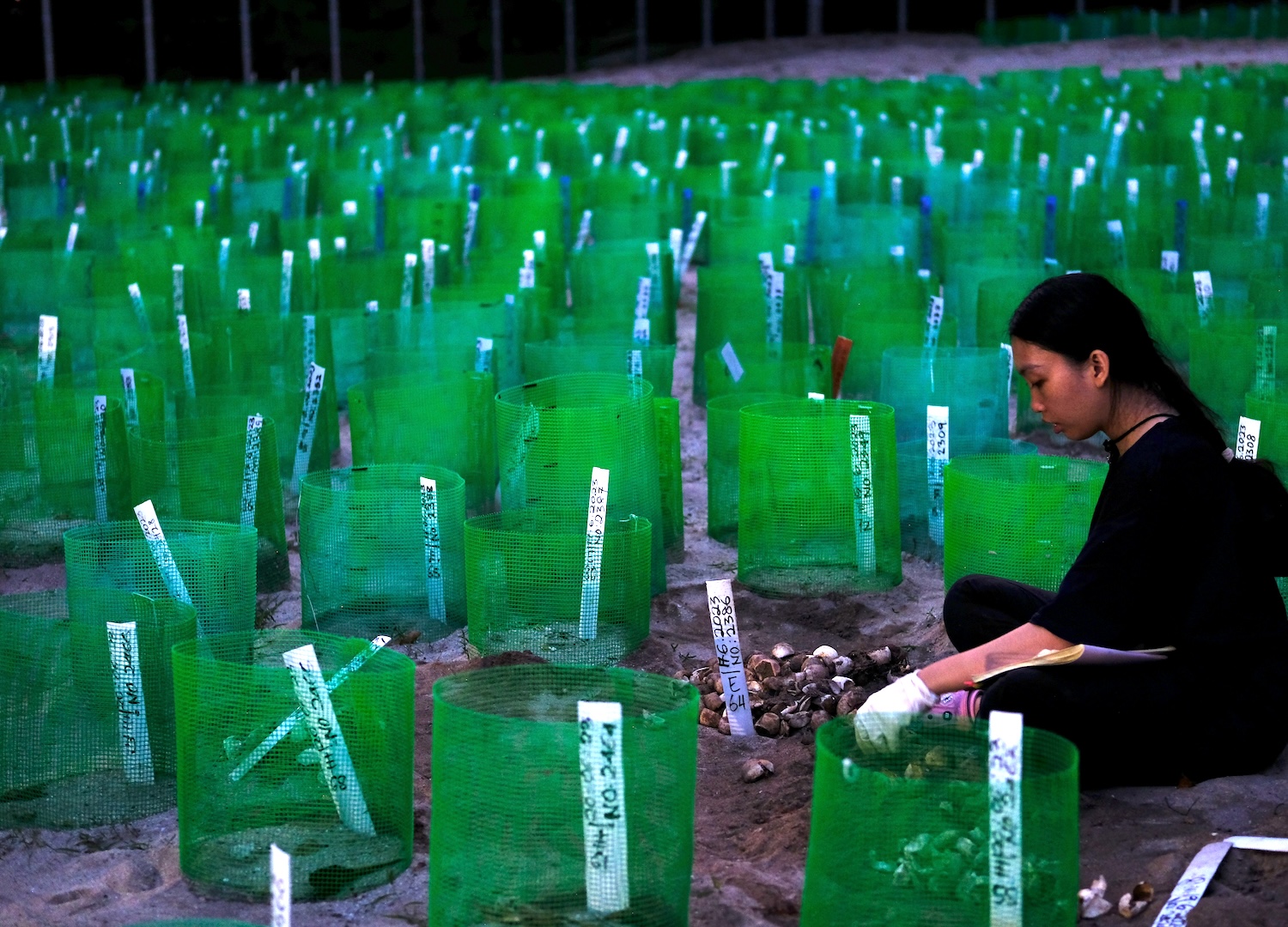
Finally, we went to the beach again, to the release area into the sea, an area where they bring the turtles after they hatch, about two months after laying.
The baby turtles are transferred in baskets and gently released onto the beach, where they try to reach the sea. To help them, the rangers point their torches towards the sea, artificially recreating the moonlight that they instinctively follow. It was an unforgettable moment.
Only a few of them will reach adulthood and return to these parts repeating this cycle. We greeted them with a mixture of joy and emotion, wishing them a long and happy journey.

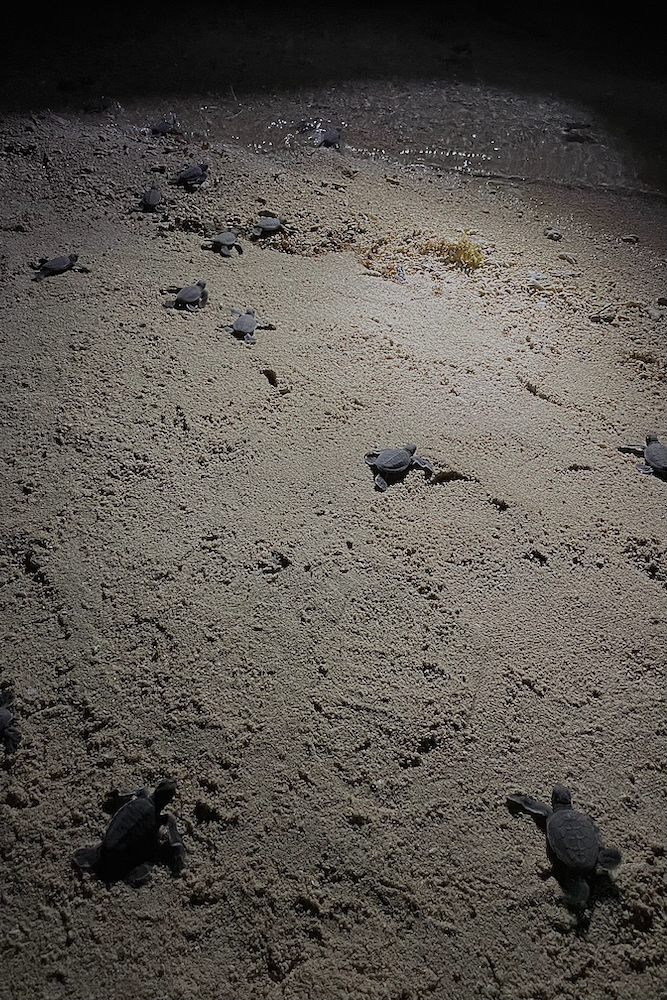
Selingan gave us an unforgettable experience, making us understand the importance of protecting nature and its creatures. We returned home with hearts full of gratitude and with the awareness of having contributed, even if only in a small part, to the protection of such a fascinating species.
That's all! If you like this text or have any question, leave a comment below.



Comments powered by CComment